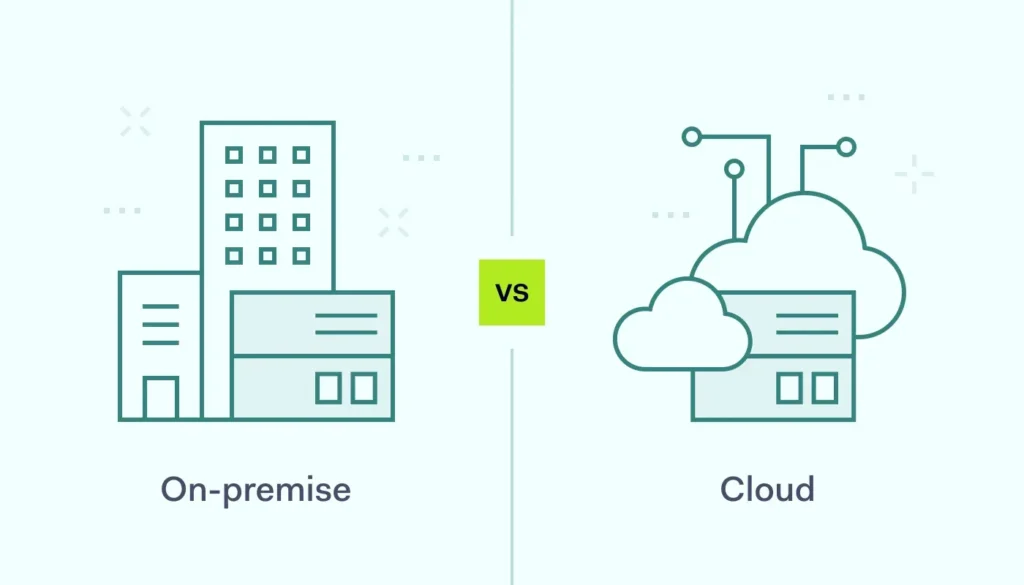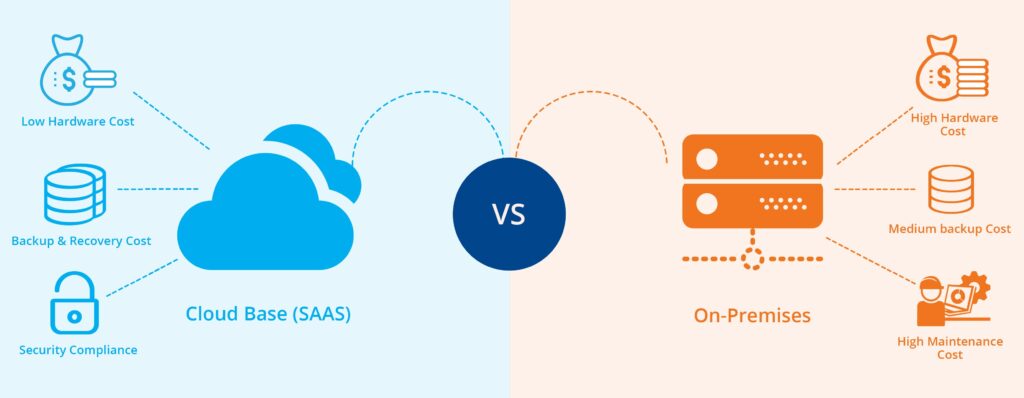The Challenge: Balancing Efficiency with User Experience
Non-persistent virtual desktop infrastructure (VDI) represents the pinnacle of IT efficiency and security. Every session starts fresh from a pristine golden image, eliminating configuration drift, reducing security vulnerabilities, and simplifying management. However, this approach creates a fundamental user experience challenge: how do you maintain personalization when the desktop is destroyed and recreated with each logoff?
This use case examines how VMware Dynamic Environment Manager (DEM) solves this critical challenge, enabling organizations to achieve the operational benefits of non-persistent VDI while delivering a personalized, consistent user experience.

The Business Context
A global financial services firm with 3,500 employees had successfully deployed VMware Horizon for their virtual desktop infrastructure. The technical implementation was flawless—fast provisioning, excellent performance, and simplified management. However, user adoption was struggling due to a critical flaw: users lost all personalization with each session.
The User Pain Points:
- Lost Productivity: Users spent 15-20 minutes each morning reconfiguring their workspace
- Missing Personalization: Email signatures, browser bookmarks, and application preferences disappeared daily
- Inconsistent Experience: Different desktops meant different configurations and available applications
- Support Overhead: IT received 200+ tickets weekly related to “missing settings”
The DEM Solution Architecture
Dynamic Environment Manager addresses personalization through a revolutionary approach: it decouples user settings from the operating system itself. Rather than trying to make non-persistent desktops persistent, DEM captures specific user configurations and applies them dynamically at logon.
Core Components:
- DEM Management Console: Centralized policy creation and management
- FlexEngine: Lightweight agent that processes policies and manages settings
- Configuration Share: Network repository for DEM policies and templates
- User Environment Share: Storage location for individual user settings
The DEM Workflow:
- Logon Processing: FlexEngine reads policies and applies saved user settings
- Session Monitoring: DEM monitors specified files and registry keys during the session
- Logoff Capture: Changes are captured and saved to the user’s network profile
- Next Session: Saved settings are reapplied to the new non-persistent desktop
Implementation Deep Dive
Phase 1: Infrastructure Preparation
The implementation began with establishing the foundational infrastructure:
Network Shares Configuration:
- Configuration Share: \fileserverDEM_Config (read-only for users)
- User Environment Share: \fileserverDEM_UserData (individual user folders)
- Permissions: NTFS permissions configured for security and performance
- Replication: DFS replication to secondary site for disaster recovery
DEM Management Console Setup:
- Installation: Deployed on dedicated Windows Server 2019 VM
- Database: SQL Server Express for configuration storage
- Administrative Access: Role-based access for DEM administrators
Phase 2: Application Template Configuration
DEM includes pre-built templates for common applications, which were customized for the organization’s needs:
Microsoft Office Suite:
- Outlook: Email signatures, autocomplete cache, folder views
- Word: Custom templates, recent documents, user preferences
- Excel: Custom functions, add-ins, recent workbooks
- PowerPoint: Custom templates, recent presentations
Web Browsers:
- Chrome: Bookmarks, extensions, saved passwords, form data
- Internet Explorer: Favorites, security settings, form data
- Firefox: Bookmarks, add-ons, user preferences
Line-of-Business Applications:
- Trading Platform: Workspace layouts, alert configurations, user preferences
- CRM System: Dashboard configurations, report preferences
- Financial Analytics: Custom formulas, data connections, chart preferences
Phase 3: Advanced Configuration Scenarios
Conditional Processing:
DEM’s conditional logic enabled sophisticated personalization scenarios:
Condition: User is member of "Traders" group
Action: Map network drive T: to \tradingdatalive
Trigger: Logon
Condition: User is member of "Analysts" group
Action: Map network drive A: to \analyticsreports
Trigger: Logon
Condition: Computer name starts with "LON-"
Action: Set timezone to "GMT Standard Time"
Trigger: LogonEnvironment Variables:
Dynamic environment variables were configured based on user attributes:
Variable: USERPROJECTS
Value: \projectdata%username%
Scope: User session
Condition: User is member of "Project Managers"Real-World Implementation Example
Scenario: Preserving Outlook Signatures
One of the most requested features was preserving Outlook email signatures across sessions. Here’s how DEM solved this challenge:
Configuration Steps:
- Template Selection: Enabled the “Microsoft Outlook” application template
- File Monitoring: Configured to capture
%AppData%MicrosoftSignatures*.* - Registry Settings: Monitored signature preference keys in the registry
- Timing: Set to process during logon before Outlook initialization
User Experience:
- First Session: User creates professional email signature in Outlook
- Logoff: DEM captures signature files and registry settings
- Next Session: User logs into fresh desktop, signature is automatically available
- Consistency: Same signature appears regardless of which desktop in the pool
Performance Optimization
Storage Optimization:
- Profile Size Management: Average user profile size: 15MB (vs. 200MB+ for full roaming profiles)
- Compression: Settings compressed before network transfer
- Selective Sync: Only changed settings synchronized, not entire profiles
- Cleanup Policies: Automated cleanup of orphaned profiles after 90 days
Network Optimization:
- Bandwidth Impact: Minimal network utilization (average 2-5MB per logon)
- Caching: Local caching of frequently accessed settings
- Asynchronous Processing: Non-critical settings processed in background
Logon Performance:
- Baseline (without DEM): 45 seconds average logon time
- With DEM: 52 seconds average logon time (15% increase)
- User Productivity Gain: 15-20 minutes saved daily on reconfiguration
Results and Business Impact
Quantitative Results (6 months post-implementation):
- User Satisfaction: Increased from 3.2/10 to 8.7/10
- Support Tickets: 85% reduction in personalization-related tickets
- Logon Time: 15% increase, but 95% reduction in post-logon configuration time
- VDI Adoption: 94% of users now prefer VDI over physical desktops
Qualitative Benefits:
- Consistent Experience: Users report identical experience across all sessions
- Improved Productivity: Immediate access to personalized workspace
- Reduced Frustration: No more daily reconfiguration tasks
- Enhanced Security: Maintained benefits of non-persistent desktops
Advanced Use Cases
Multi-Site Deployment:
DEM enabled seamless user experience across geographic locations:
- Global Profile Sync: User settings available at any office location
- Site-Specific Configurations: Automatic printer and network drive mapping based on location
- Bandwidth Optimization: Local caching at each site reduces WAN traffic
Disaster Recovery:
DEM enhanced the organization’s disaster recovery capabilities:
- Profile Replication: User settings replicated to DR site
- Rapid Recovery: Users maintain full personalization even during DR scenarios
- Business Continuity: No productivity loss due to missing configurations
Troubleshooting and Lessons Learned
Common Issues and Solutions:
Slow Logon Performance:
- Cause: Large profile sizes due to excessive file capture
- Solution: Refined file filters to capture only essential data
- Result: 40% improvement in logon times
Settings Not Persisting:
- Cause: Applications writing settings after DEM logoff processing
- Solution: Adjusted timing and added application-specific triggers
- Result: 99.5% setting persistence rate achieved
Network Share Connectivity:
- Cause: Intermittent network connectivity to profile shares
- Solution: Implemented DFS with multiple replicas and retry logic
- Result: 99.9% profile availability
Implementation Results and Impact
Quantitative Results (6 months post-implementation):
- User Satisfaction: Increased from 3.2/10 to 8.7/10
- Support Tickets: 85% reduction in personalization-related tickets
- Logon Time: 15% increase, but 95% reduction in post-logon configuration time
- VDI Adoption: 94% of users now prefer VDI over physical desktops
Qualitative Benefits:
- Consistent Experience: Users report identical experience across all sessions
- Improved Productivity: Immediate access to personalized workspace
- Reduced Frustration: No more daily reconfiguration tasks
- Enhanced Security: Maintained benefits of non-persistent desktops
Operational Impact:
- Reduced Support Burden: Significant decrease in help desk tickets
- Improved User Productivity: Users can start work immediately after logon
- Enhanced IT Efficiency: Less time spent on user configuration issues
- Better Business Continuity: Consistent experience across all desktop sessions
Future Enhancements
Planned Improvements:
- Cloud Integration: Extend DEM to cloud-based virtual desktops
- Mobile Support: Apply user preferences to mobile device management
- AI-Driven Optimization: Machine learning to predict and pre-load user preferences
- Advanced Analytics: Detailed reporting on user behavior and preferences
Conclusion
Dynamic Environment Manager successfully resolved the fundamental tension between operational efficiency and user experience in non-persistent VDI environments. By decoupling user personalization from the underlying operating system, DEM enabled the organization to maintain all the benefits of non-persistent desktops while delivering a consistent, personalized user experience.
The implementation demonstrated that with proper planning and configuration, organizations can achieve the best of both worlds: the security and manageability of non-persistent infrastructure with the user satisfaction of personalized computing environments.
Key Success Factors:
- Comprehensive Planning: Thorough analysis of user requirements and application behaviors
- Phased Implementation: Gradual rollout with continuous optimization
- User Engagement: Active involvement of end users in testing and feedback
- Performance Monitoring: Continuous monitoring and optimization of system performance
“DEM transformed our VDI deployment from a technical success into a user-beloved solution. Our employees now prefer their virtual desktops over physical ones because the experience is more consistent and reliable.” – IT Director, Global Financial Services
For organizations considering non-persistent VDI, Dynamic Environment Manager isn’t just a nice-to-have feature—it’s an essential component that can make the difference between a successful deployment and one that struggles with user adoption.


